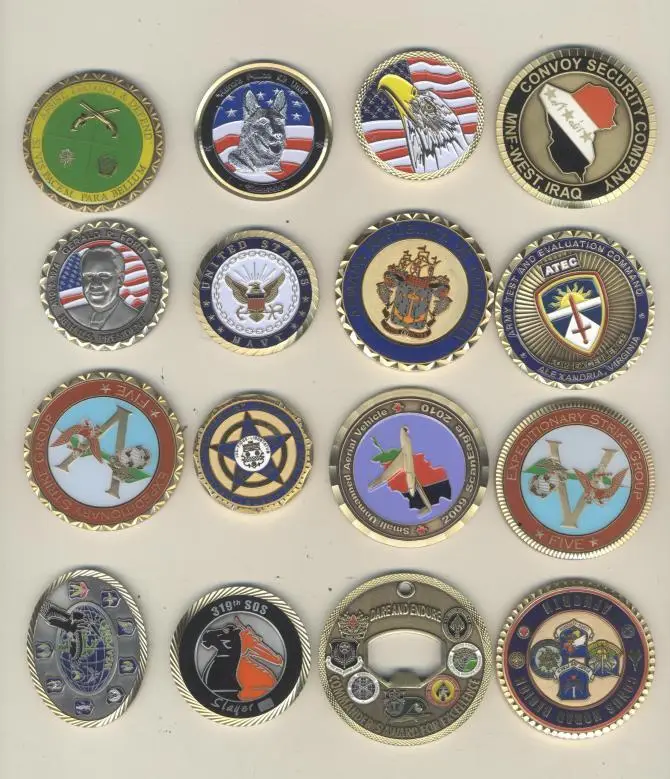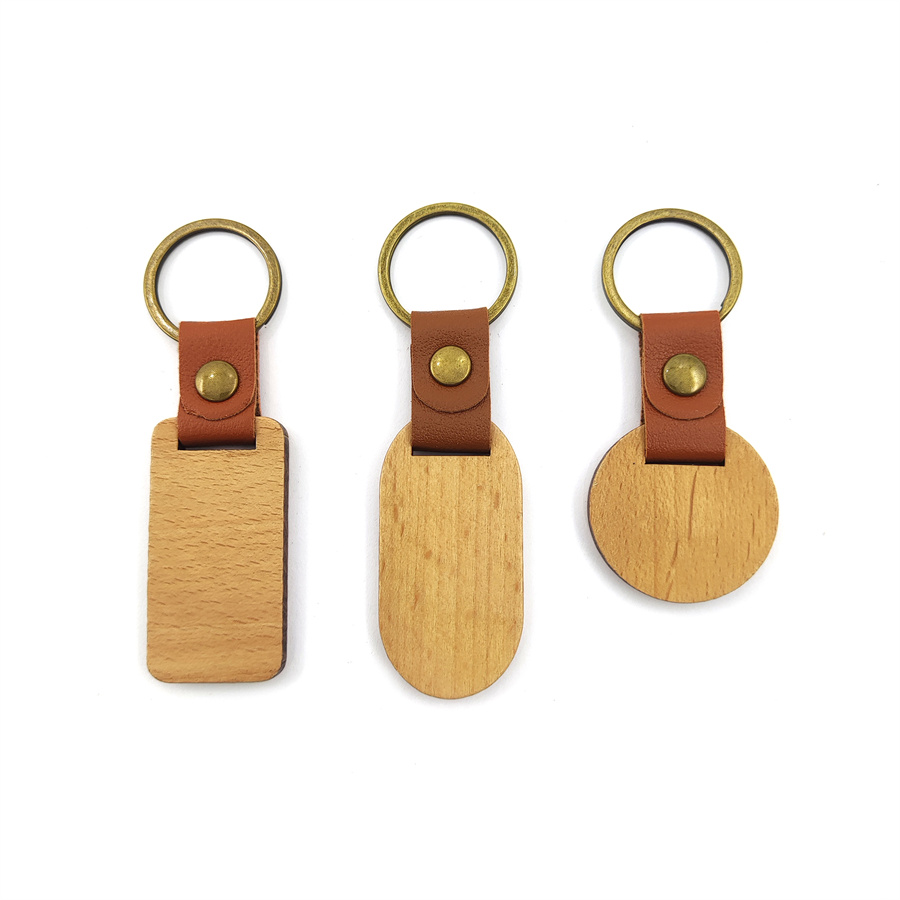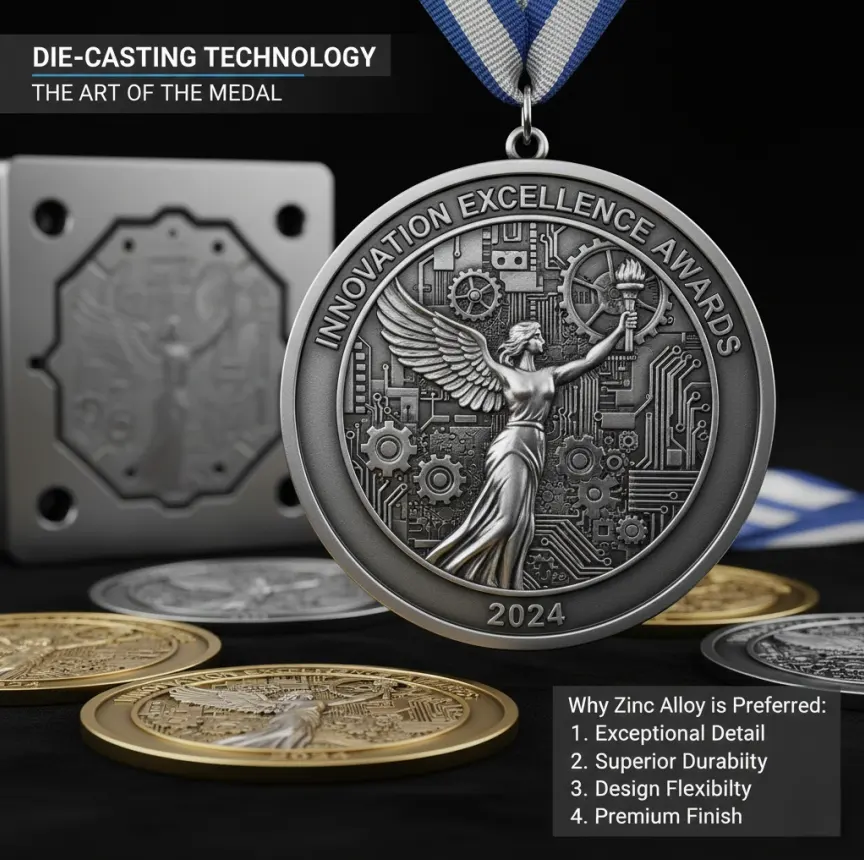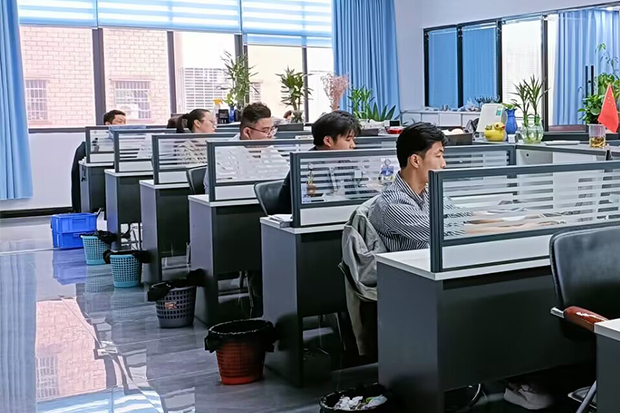Automatic vs. Manual Coloring in Custom 3D Badges: Key Differences
When producing custom 3D badges, filling recessed areas with colored paint is a critical step to bring designs to life. Two common methods dominate this process: automatic coloring machines and manual coloring. Both aim to achieve vibrant, precise results, but they differ in speed, complexity, and suitability for detailed work. Let’s explore their roles in custom 3D badge production.
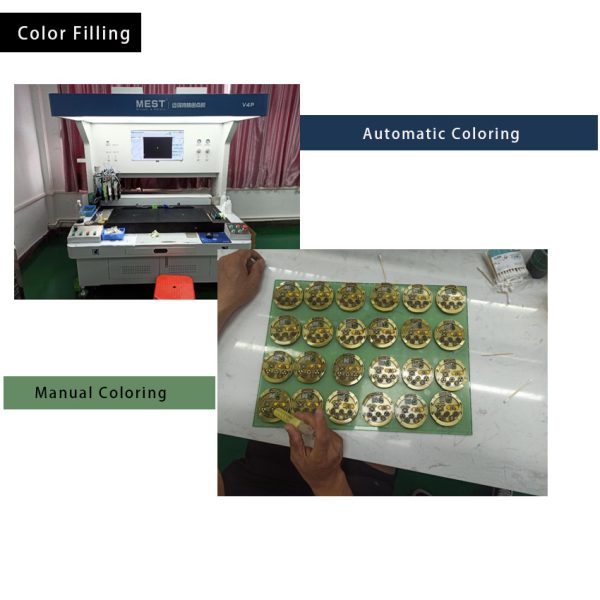
1. Automatic Coloring Machine: Speed & Precision for Large-Scale Projects
Purpose
Designed for efficiency, automatic coloring machines fill recessed areas of custom 3D badges with pre-mixed paint, following design blueprints. They excel at high-volume production, reducing manual labor and accelerating turnaround times.
How It Works
• 360° HD Camera Scanning: The machine uses high-definition cameras to capture a full 360° view of the badge, identifying recessed areas and design details with millimeter precision.
• Automatic Recognition: Advanced software analyzes the scanned image, pinpointing exact locations needing paint. It also detects already painted areas to avoid over-application.
• Targeted Spraying: The machine sprays paint only into designated recessed zones, ensuring consistent color depth and avoiding waste. This method is ideal for complex custom 3D badges with intricate patterns or small, hard-to-reach details.
2. Manual Coloring: Flexibility for Small or Complex Areas
Purpose
Manual coloring supplements automatic machines by handling tasks that are too small, delicate, or irregular for machines to manage. It’s used to fill recessed areas in custom 3D badges where precision or minimal paint is required.
How It Works
• Tool Setup: A technician uses a glass dropper pipette (glass hand push needle) to apply paint. This tool allows precise, controlled dispensing of small paint amounts.
• Application: Paint is carefully dripped or brushed into recessed areas, ensuring it adheres evenly without overflowing.
• Touch-Up: After painting, excess paint is removed using cotton swabs (to wipe smudges) or white cloths (to clean larger spills), ensuring a clean, professional finish.
Key Considerations for Custom 3D Badge Production
• Speed vs. Detail: Automatic machines are faster for large batches but may struggle with ultra-small or non-uniform recesses. Manual coloring excels at precision for intricate designs.
• Cost Efficiency: For high-volume custom 3D badge orders, automatic machines reduce labor costs significantly. Manual coloring is cost-effective for small runs or specialized details.
• Quality Consistency: Automatic machines ensure uniform color application, while manual work relies on technician skill—ideal for prototypes or custom one-off pieces.
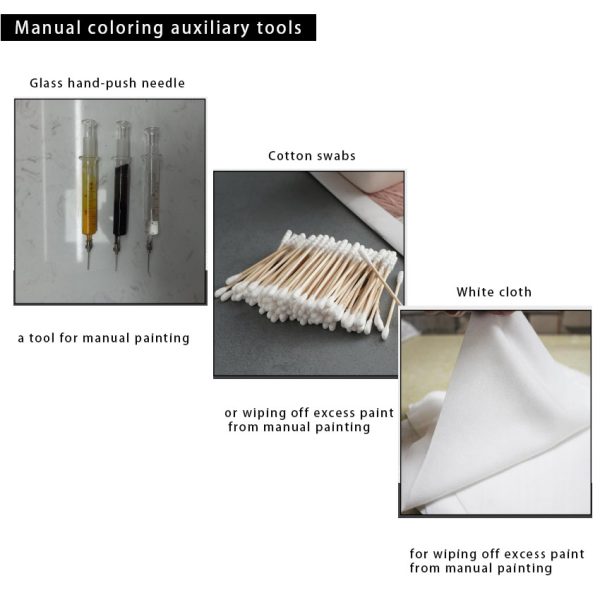
FAQ
Q: Can automatic coloring machines handle all types of custom 3D badges?
A: They work best for badges with uniform recessed areas. For highly irregular or micro-sized recesses, manual touch-ups may still be needed.
Q: Is manual coloring time-consuming?
A: It depends on the badge complexity. Small batches (e.g., 100 units) take 1-2 hours, while large batches are slower—making automatic machines better for high-volume orders.
Q: Do both methods use the same paint types?
A: Yes—acrylic or epoxy paints are common for both. Ensure paint viscosity matches the method (thinner paints work better for automatic spraying).
Q: Can I combine automatic and manual coloring for my custom 3D badges?
A: Absolutely. Many manufacturers use machines for large areas and manual tools for fine details, balancing speed and precision.
Q: What’s the minimum order for custom 3D badge coloring services?
A: We accept orders as low as 50 units for manual coloring and 200 units for automatic machine processing—flexible to match your project size.

